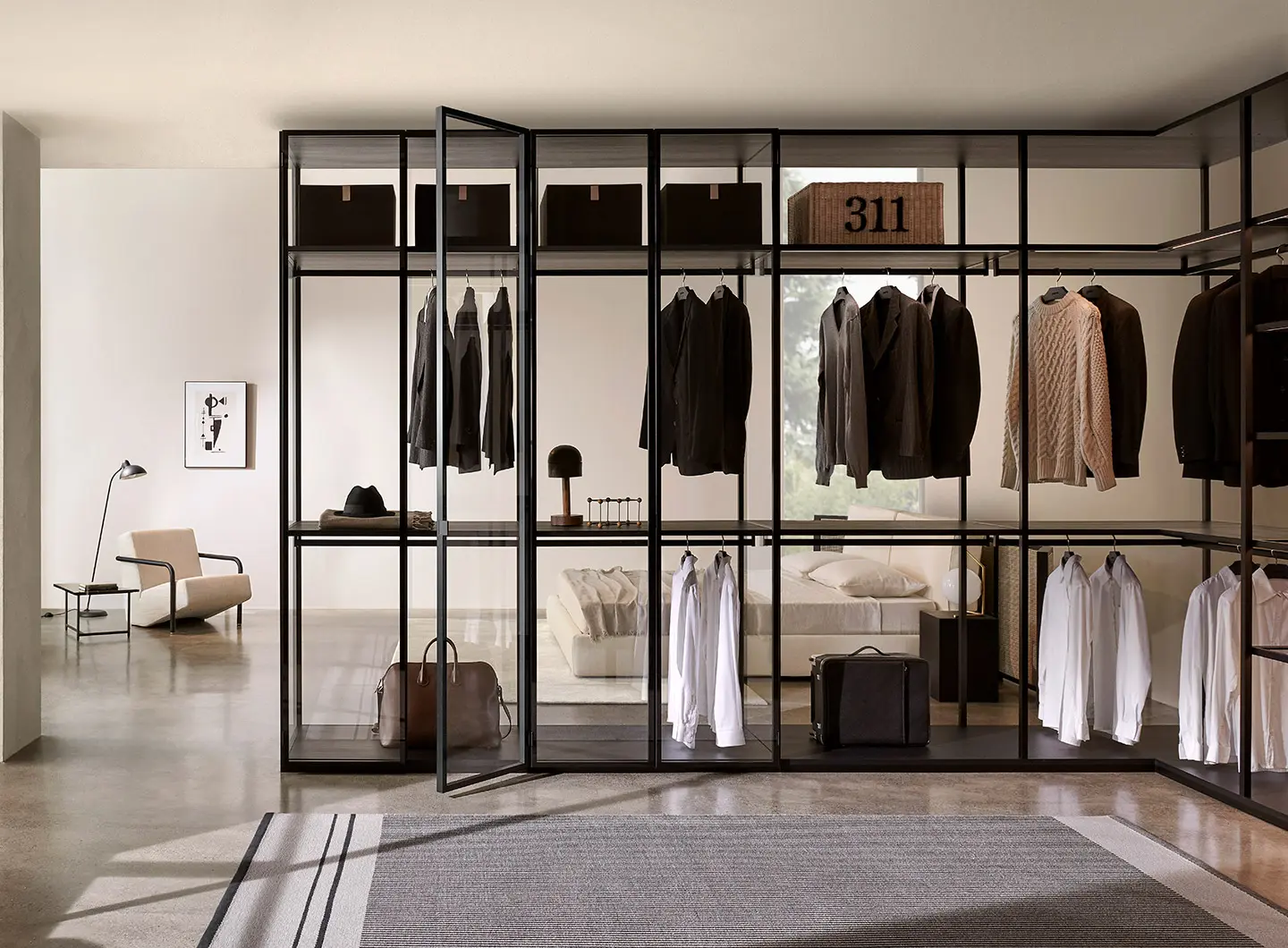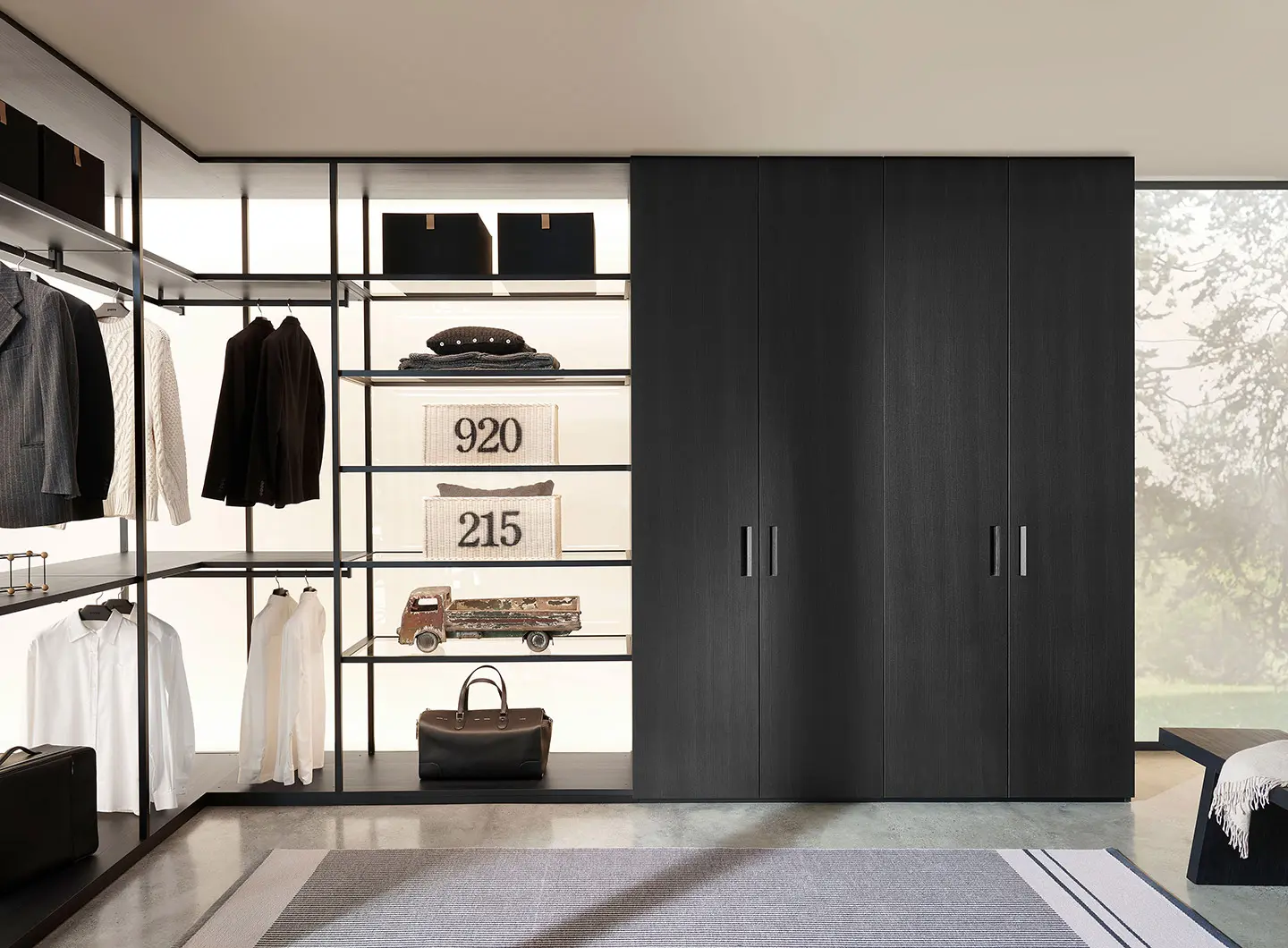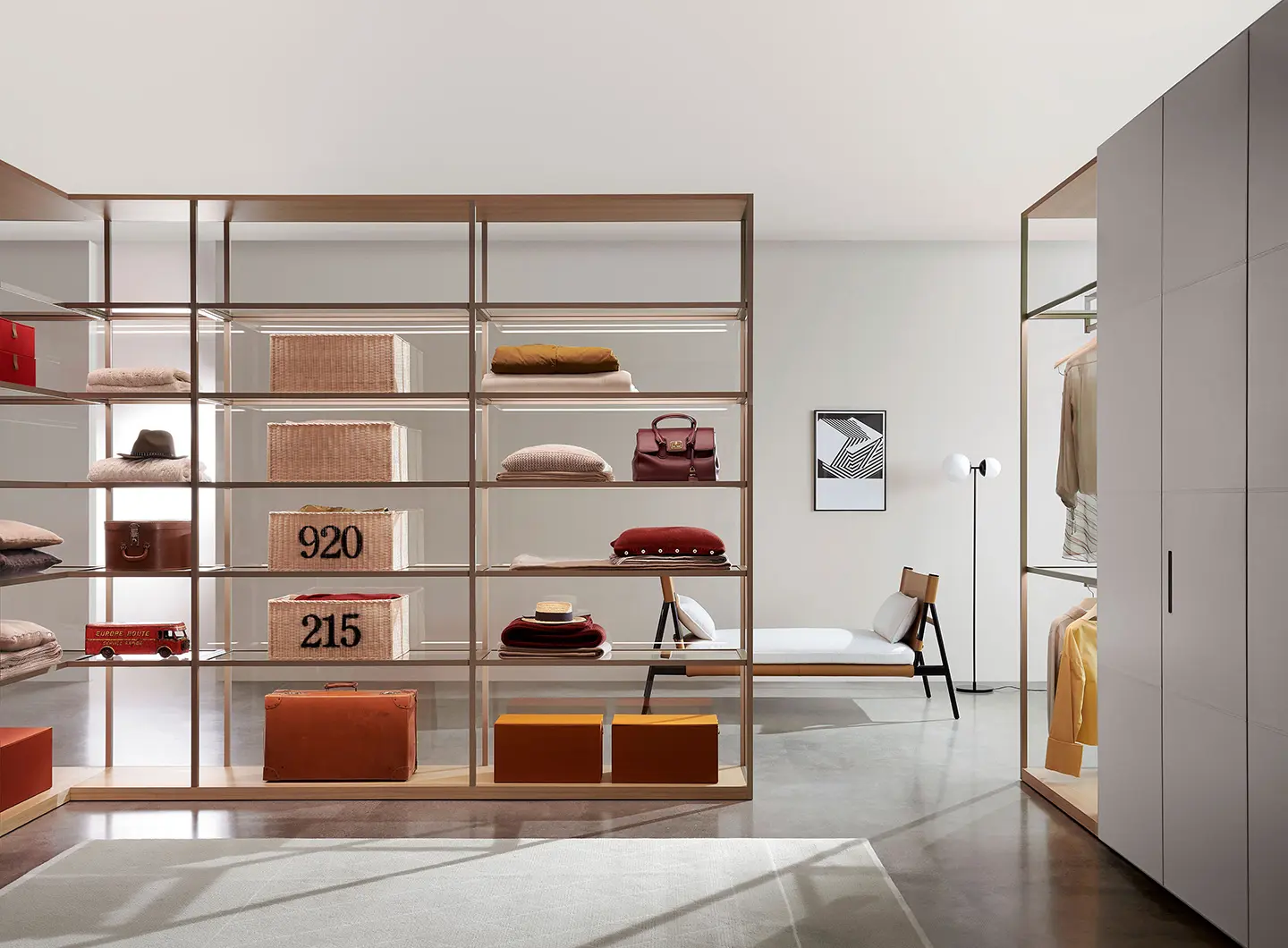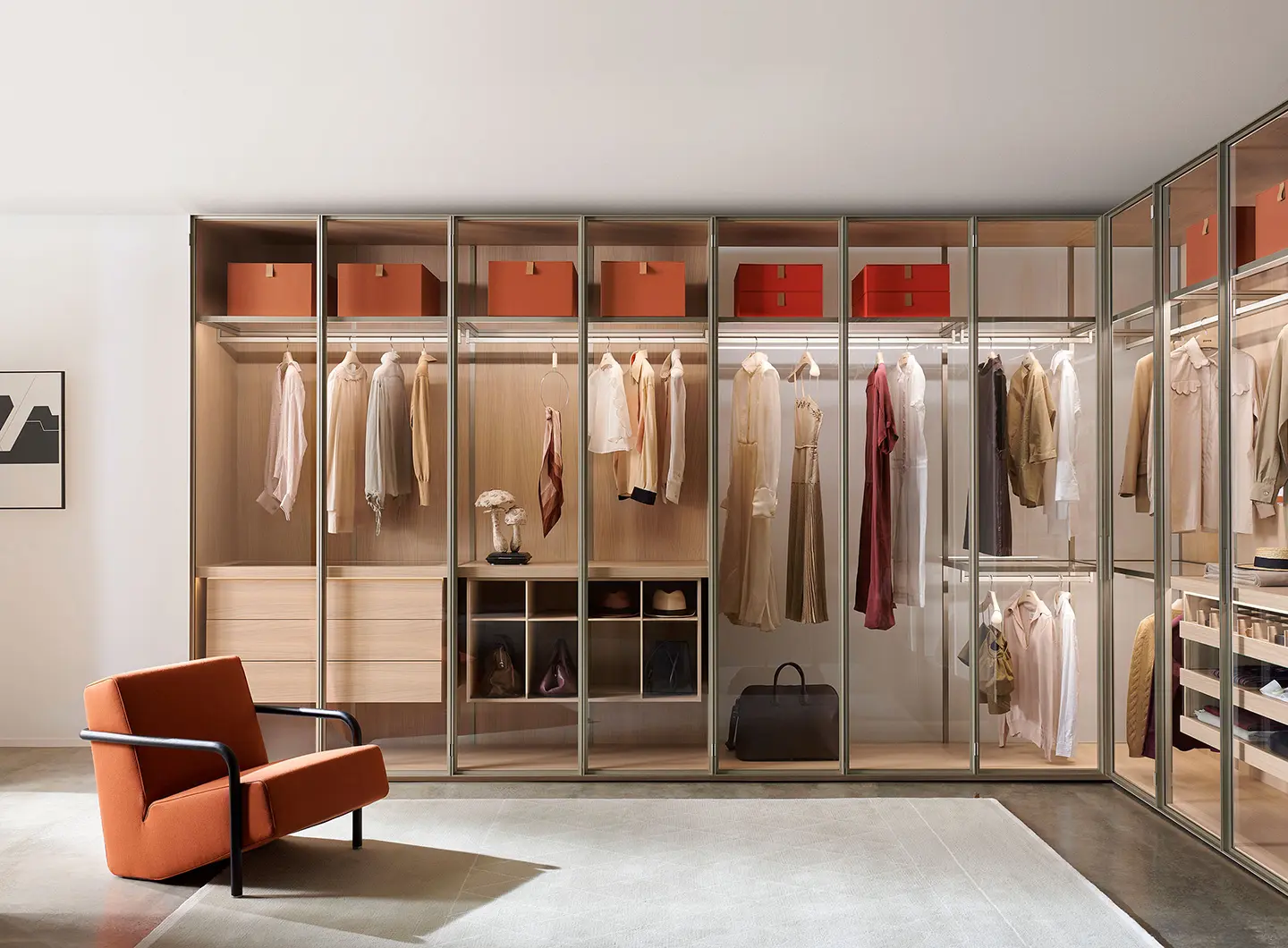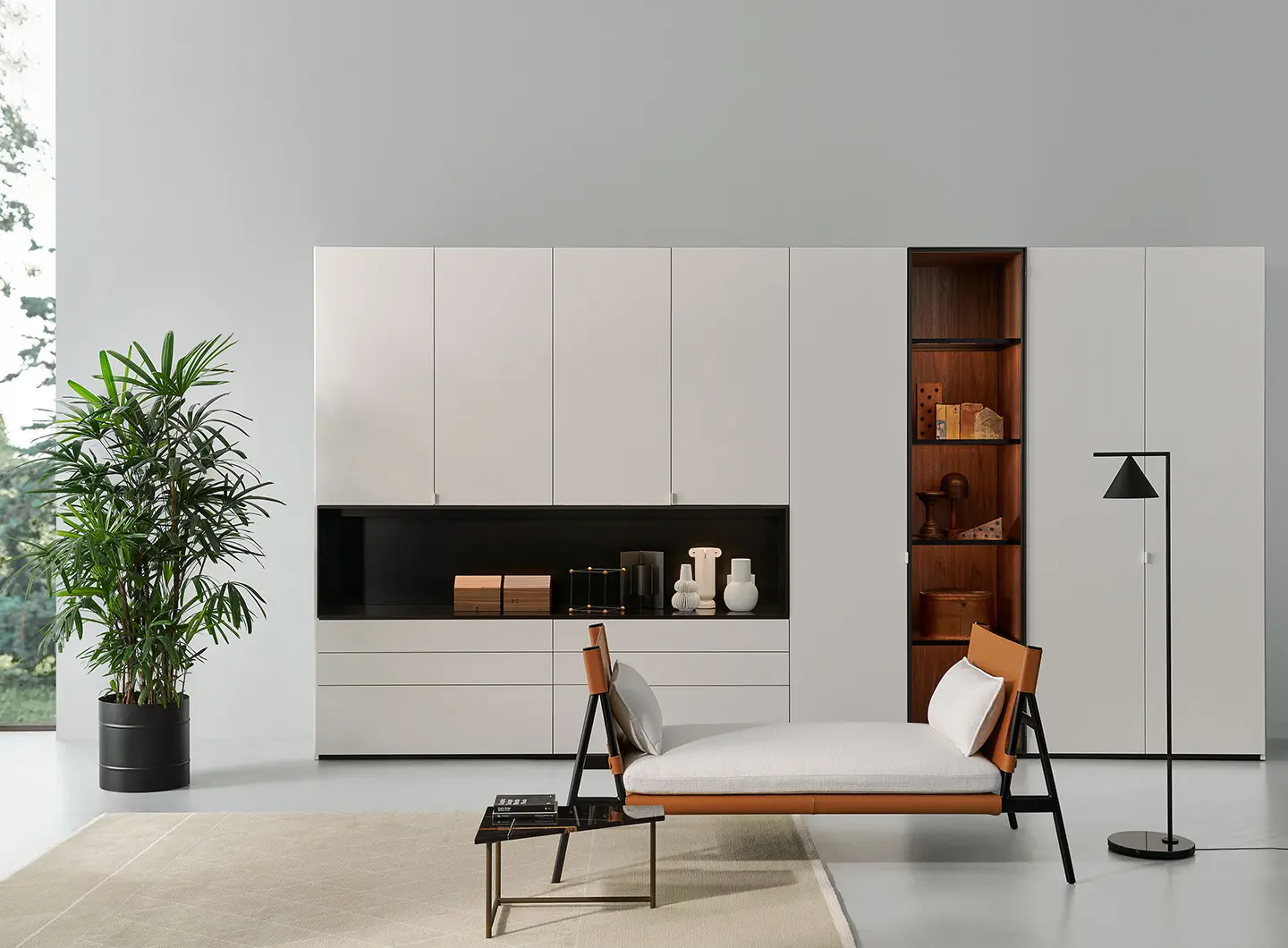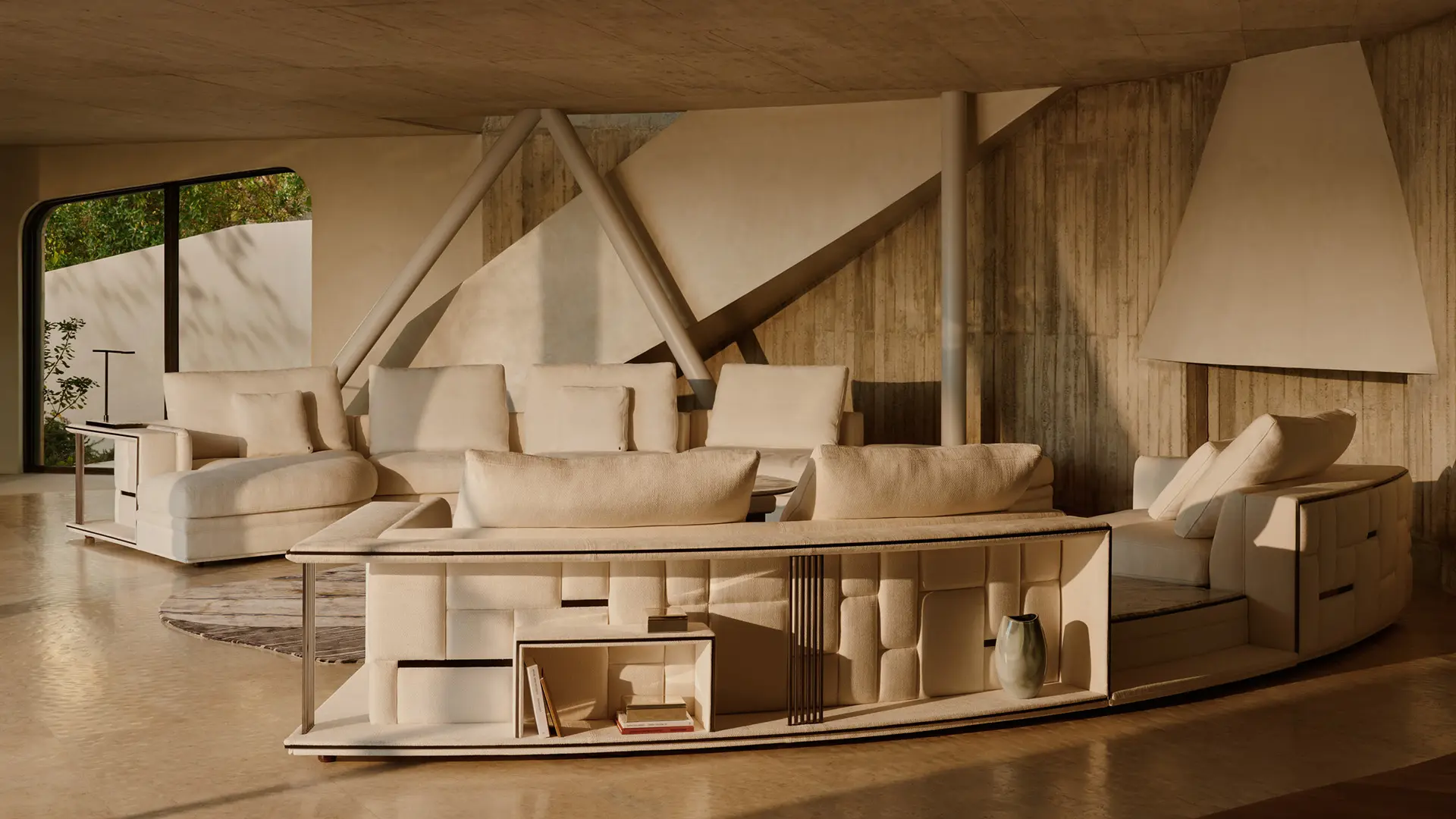From fiction to real life, homes are an undisputed economic and social pillar: by 2050, the residential sector is likely to rise 50% and become a strategic driver of employment, investment and quality of urban life
Piero Lissoni with Storage for Porro
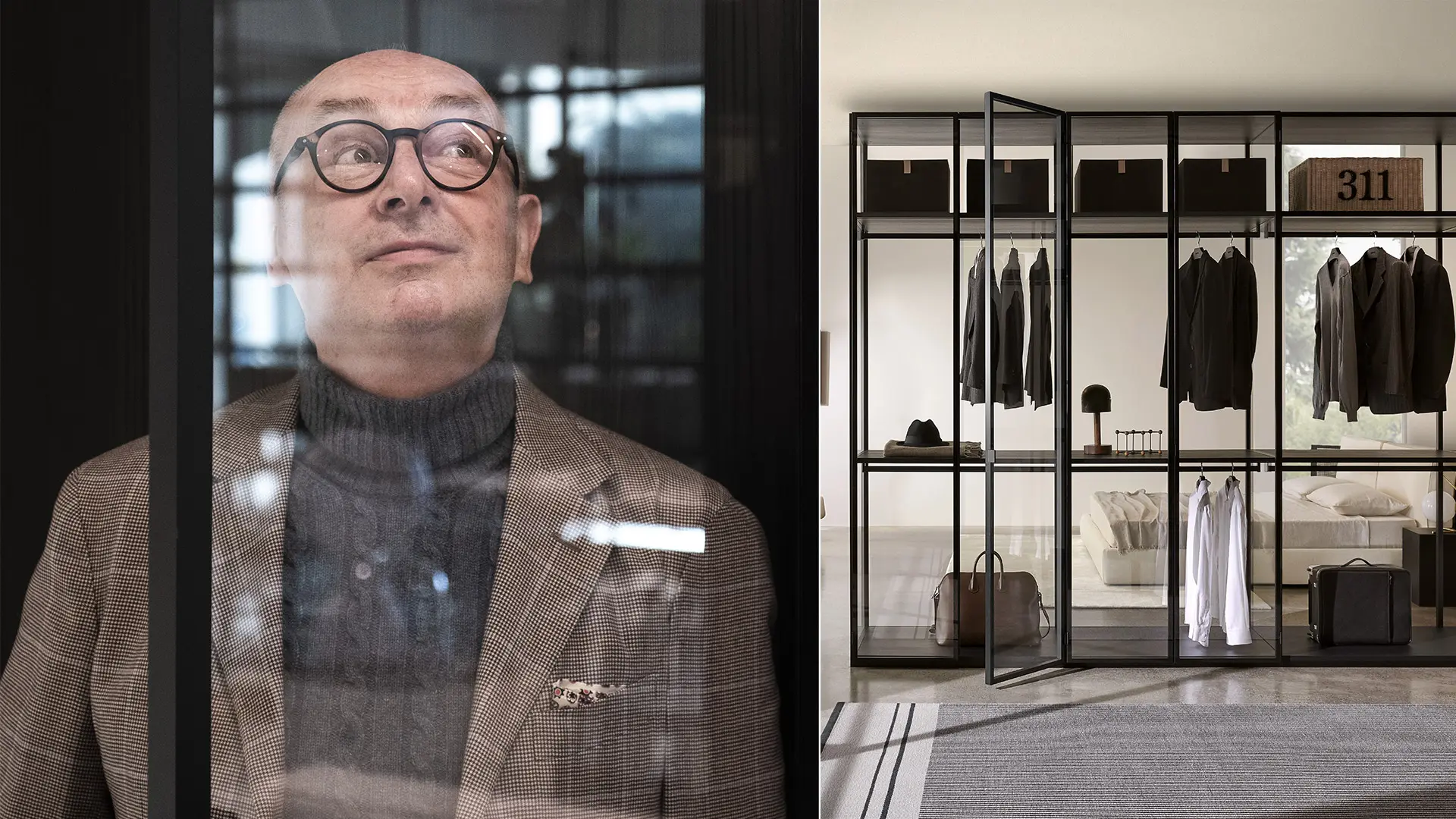
Storage is a constantly evolving, architecturally-inspired modular system designed with rationality and functionality in mind, boasting seductive transparency.
Storage is a gentleman’s wardrobe.
Storage came into being years ago, in 2000, and it just keeps evolving. It’s a structure within a structure, but it’s extremely light because it breathes transparency, rather like a window inside a house. We worked to an architectural rather than a product scale, we wondered whether it would be possible to put container windows inside homes. That’s how Storage came into being.
Then, every detail is a project in itself, from the scale and the modules down to the choice of woods and colours. This year, for example, we added lighting, but it’s a trick, an invisible light that conceals the technology but helps you figure out what’s inside in a delicate and sensual manner.
The materials and the woods have a precise role and define the other elements of the project too. Everything relates to everything else, and every element has its own importance so that it becomes an experience in the round, capable of bestowing a precise identity on what will become the space. As I said earlier, even the materials are a project within a project.
Storage is one of those evolving products that I love because it keeps making me raise the bar and pushes me a little bit further.
Lorenzo Porro and I will undoubtedly invent something else … maybe in 10 years’ time it will be a spacecraft.
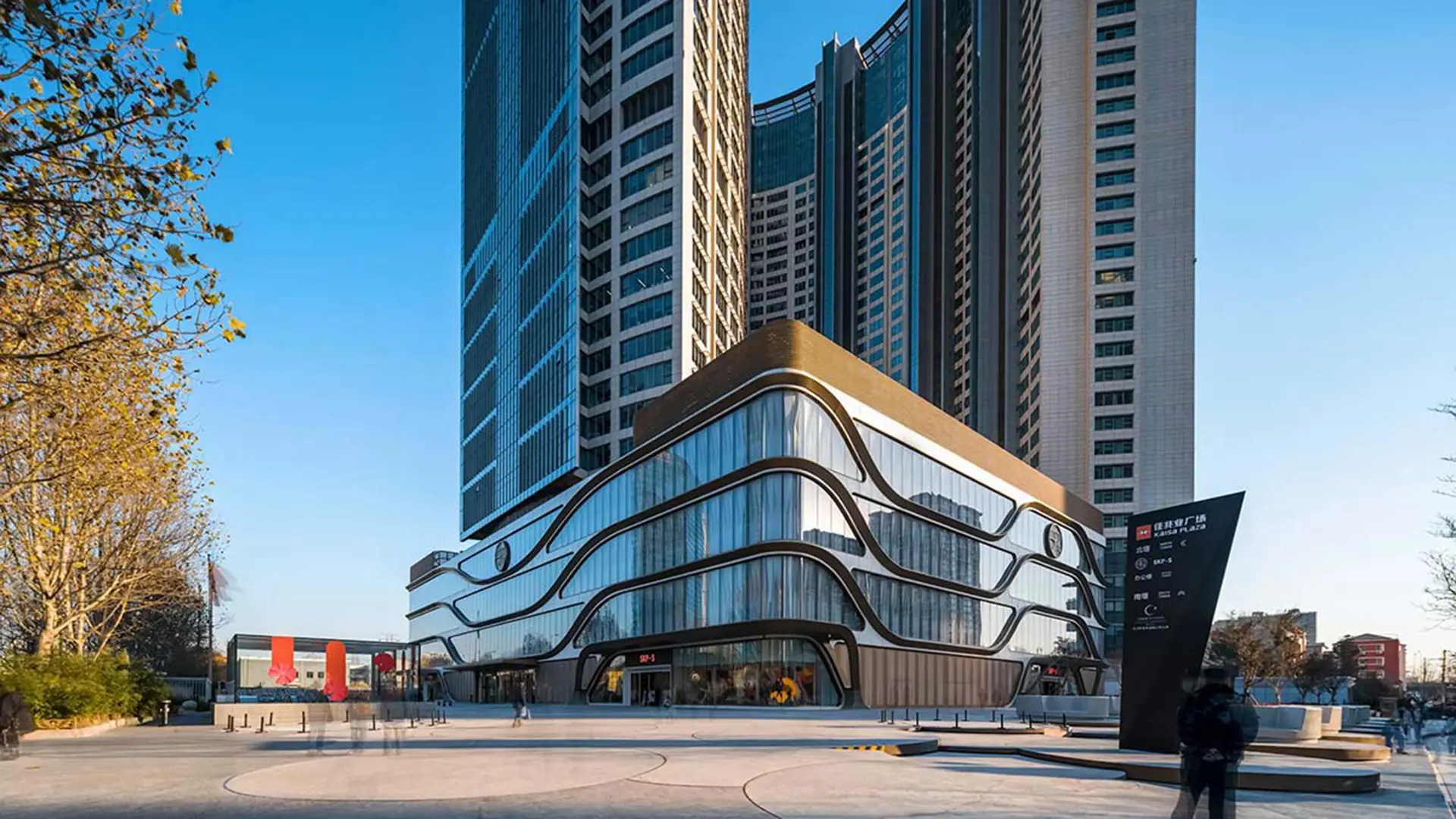
Salone Reading: the review for October 2025
A selection of articles dealing with design and architecture published in the most authoritative international magazines. A monthly review of unmissiable insights and interviews

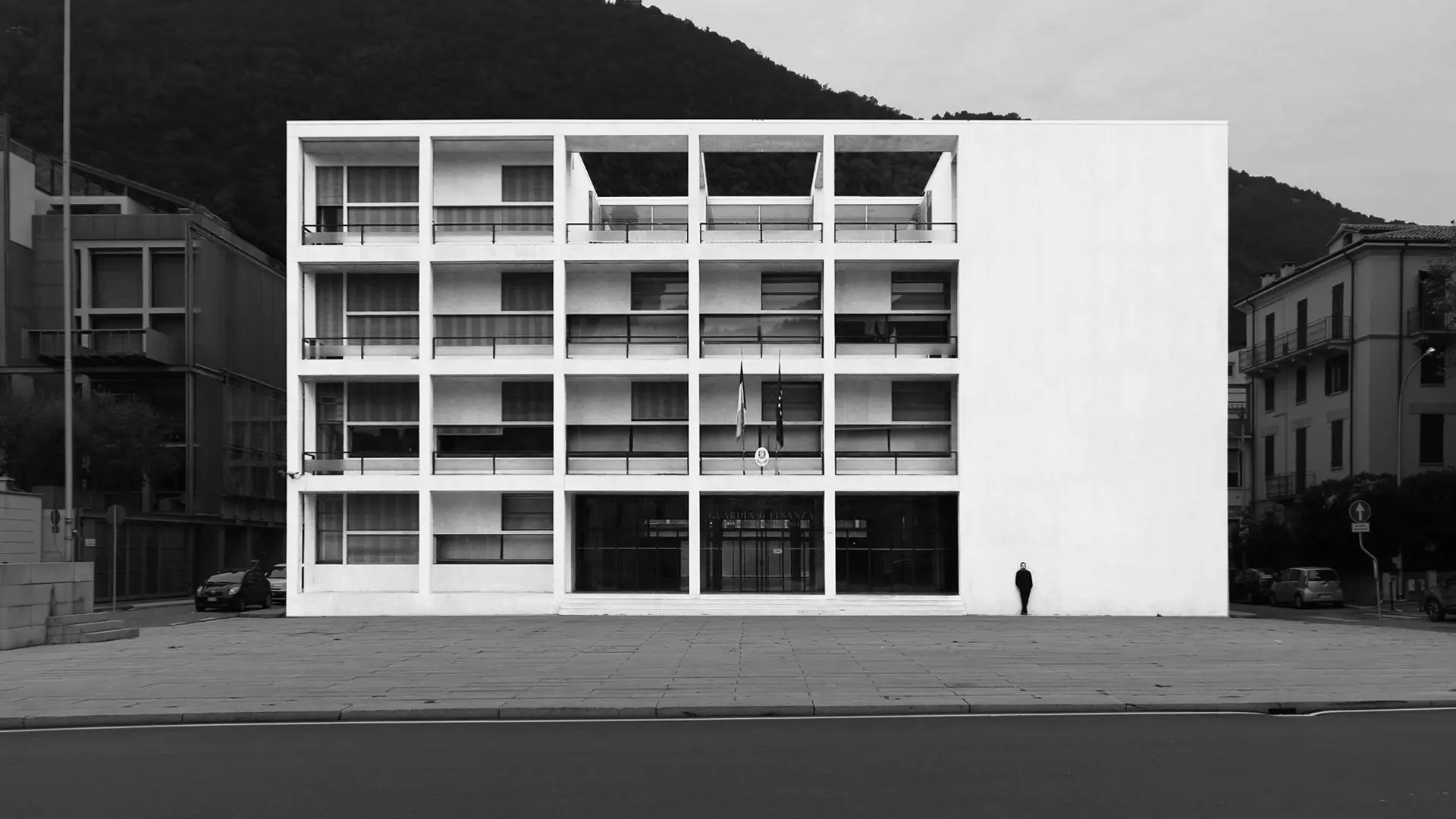
Rationalist architecture: in search of timeless style
Pure volumes, minimal or non-existent decoration, primacy of functionality, harnessing new materials: from the Casa del Fascio in Como to the railway station in Florence, the story of an experimental period that, after almost a century and several attempts at damnatio memoriae, remains a tangible presence in Italy.



